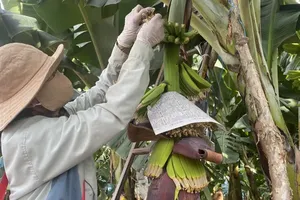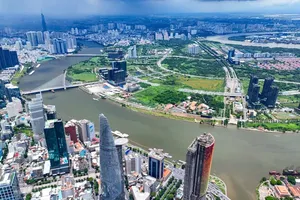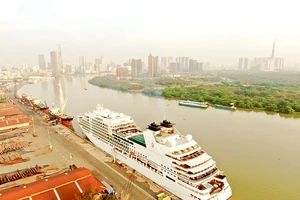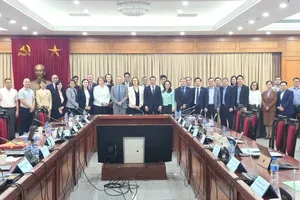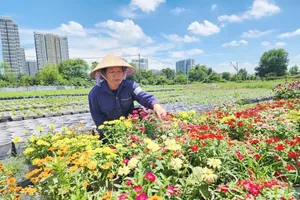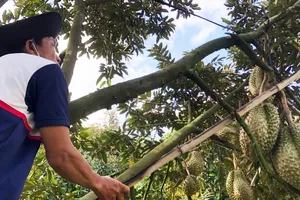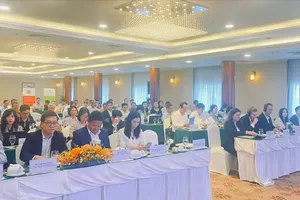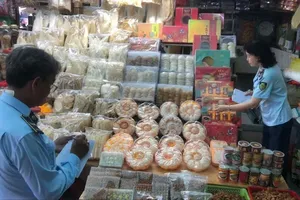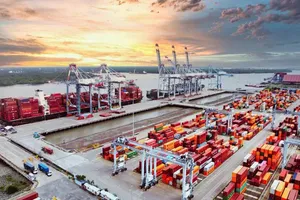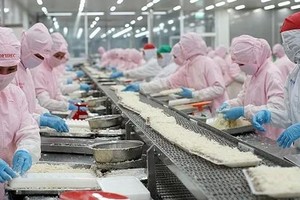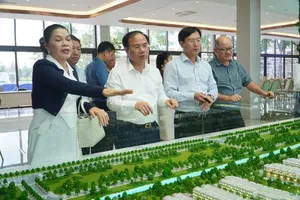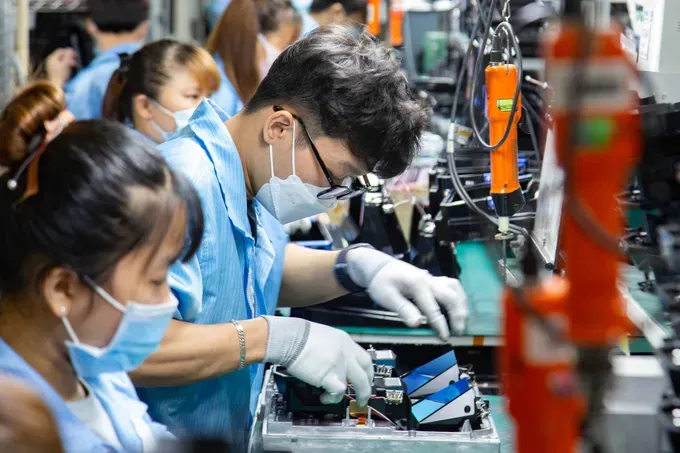
Vietnam has attracted a remarkable US$13.82 billion in newly registered foreign direct investment (FDI) capital since the beginning of the year, marking a nearly 40-percent surge compared to the same period last year. Furthermore, disbursed FDI reached $6.74 billion, the highest level recorded in the past five years.
These statistics clearly demonstrate Vietnam’s burgeoning appeal on the global investment landscape, particularly as supply chains undergo significant reconfiguration and international investment capital flows exhibit increasing dynamism.
Dr Can Van Luc, a member of the Prime Minister’s Policy Advisory Council, highlighted that recent data indicates Singapore as the leading investor among 60 countries and territories with new projects in Vietnam, committing $1.6 billion (28.6 percent of the total), followed by China and Japan with $1.52 billion (27.1 percent) and $573.2 million (10.3 percent), respectively.
Notably, the processing and manufacturing sector accounted for a substantial 81 percent of disbursed capital, clearly reflecting an investment focus on industries with high technological content and significant added value.
Beyond the quantitative increase, numerous economic experts have emphasized a considerable improvement in the quality of FDI inflows. Several large-scale investment projects have commenced since the beginning of 2024 such as the Colorful Nylon Fiber artificial yarn manufacturing plant in Tay Ninh Province (estimated at approximately $121 million) and Japan’s Tuyen Quang Erex Biomass Power Plant (around $116 million). These ventures span diverse sectors, from renewable energy and supporting industries to logistics and new materials.
Within HCMC, there are currently over 13,600 active FDI projects, representing more than 32 percent of the nation’s total projects and approximately 11.7 percent of its total registered FDI capital. The city is actively promoting the development of 14 new industrial parks, covering a total area exceeding 3,800 hectares, with a focus on green, high-tech, modern, and specialized operations.
Concurrently, HCMC is transforming traditional export processing and industrial zones like Tan Thuan, Hiep Phuoc, Tan Binh, and Binh Chieu into multi-functional, logistics, or creative industrial hubs. This strategy aims to generate new development spaces by aligning infrastructure planning with targeted FDI attraction initiatives.
“Vietnam, in general, is one of the region’s most promising markets, a place where European businesses are looking for long-term investment."
Chairman Gabor Fluit of the European Chamber of Commerce in Vietnam (EuroCham)
The recently published EuroCham Business Climate Index (BCI) survey showed an increase to 46.3 points in the country, indicating a positive recovery trend within the European business community in Vietnam.
Similarly, a survey by the Japan External Trade Organization (JETRO) revealed that over 56 percent of Japanese enterprises in Vietnam intend to expand their investments within the next one to two years. Policy stability and support from local authorities are key factors underpinning Japanese investors’ continued confidence in Vietnam.
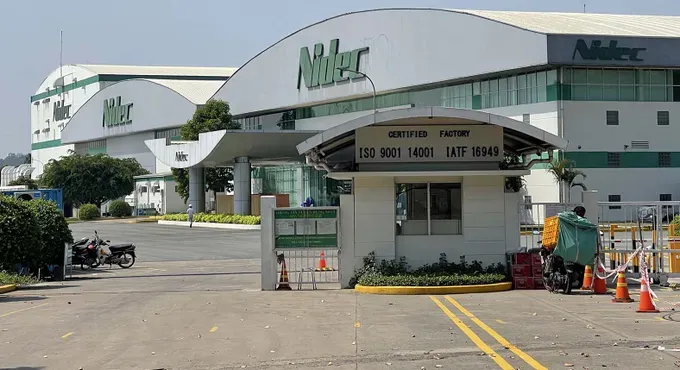
Explaining Vietnam’s success in attracting FDI, Chairman Nguyen Ngoc Hoa of the HCMC Union of Business Associations (HUBA) emphasized the critical role of administrative reforms, procedural streamlining, and creating maximum convenience for investors. He also highlighted the proactive application of information technology to expedite the processing of investment applications.
The central Government, in concert with local authorities, has actively pursued reforms, implemented preferential policies, and cultivated trust among international investors, serving as a vital catalyst for the region’s sustainable economic development.
Dr. Can Van Luc elaborated on Vietnam’s macroeconomic stability and institutional reforms. He identified key government institutional breakthroughs, especially the “strategic quartet” – covering digital transformation (Resolution No.57), international integration (Resolution No.59), institutional reform (Resolution No.66), and private sector development (Resolution No.68) – as bedrock for accelerated economic advancement, attracting FDI by ensuring private enterprise rights like market access.
The Government is also making determined efforts to resolve bottlenecks for 2,200 stalled public investment projects, which represent a total capital of nearly VND5.9 quadrillion (approximately $231.83 billion), equivalent to 50 percent of the GDP.
“Successfully disbursing this capital could add an extra 1-2 percentage points to GDP growth,” Dr Can Van Luc posited. “Accelerating public investment not only stimulates aggregate demand but also generates positive spillover effects for private investment and FDI, especially as businesses seek a foundation for recovery following the Covid-19 pandemic and global trade war shocks.”
Chairman Gabor Fluit advised Vietnam to maintain competitiveness by intensifying administrative reform – simplifying investment, licensing, customs for better business efficiency – and enhancing human resource quality through training to meet modern industry demands. These are crucial for long-term growth.
With its stable macroeconomic foundation, unwavering commitment to robust reforms, and the proactive engagement of authorities at all levels, Vietnam is poised to remain a strategic destination for international investment capital as global supply chains continue to reshape.

